Myths about teaching can hold you back
- Year 8
Formalising a sequence
I can appreciate that a sequence is a succession of terms usually formed according to a rule.
- Year 8
Formalising a sequence
I can appreciate that a sequence is a succession of terms usually formed according to a rule.
These resources were made for remote use during the pandemic, not classroom teaching.
Switch to our new teaching resources now - designed by teachers and leading subject experts, and tested in classrooms.
Lesson details
Key learning points
- A pattern of objects can be made by following a rule.
- These rules can be described in words.
- The number of objects each time is the term.
- Missing terms in the sequence can be found using the rule.
Keywords
Term - Each value or pattern in a sequence is called a term.
Common misconception
Pupils can mix up describing how patterns grow or the relationships between objects in the pattern.
Pupils should verbalise their description, using the keyword 'term' , making it clear which way they are describing their pattern.
To help you plan your year 8 maths lesson on: Formalising a sequence, download all teaching resources for free and adapt to suit your pupils' needs...
To help you plan your year 8 maths lesson on: Formalising a sequence, download all teaching resources for free and adapt to suit your pupils' needs.
The starter quiz will activate and check your pupils' prior knowledge, with versions available both with and without answers in PDF format.
We use learning cycles to break down learning into key concepts or ideas linked to the learning outcome. Each learning cycle features explanations with checks for understanding and practice tasks with feedback. All of this is found in our slide decks, ready for you to download and edit. The practice tasks are also available as printable worksheets and some lessons have additional materials with extra material you might need for teaching the lesson.
The assessment exit quiz will test your pupils' understanding of the key learning points.
Our video is a tool for planning, showing how other teachers might teach the lesson, offering helpful tips, modelled explanations and inspiration for your own delivery in the classroom. Plus, you can set it as homework or revision for pupils and keep their learning on track by sharing an online pupil version of this lesson.
Explore more key stage 3 maths lessons from the Sequences unit, dive into the full secondary maths curriculum, or learn more about lesson planning.

Licence
Prior knowledge starter quiz
6 Questions
Q1.Here are the first and second pattern in a pictorial sequence. Which is the third pattern if the sequence had a constant additive relationship?
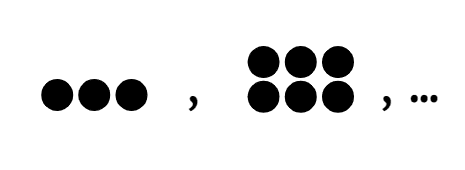
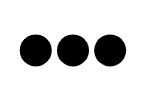
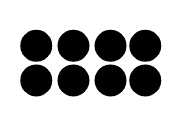
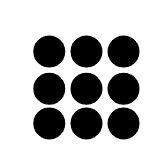
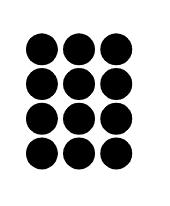
Q2.Which word best completes this description of a sequence: 'A sequence is a succession of diagrams, objects or __________, usually formed according to a rule.'
Q3.What would be the next value in this sequence if it has a constant additive rule? 18, 6, ...
Q4.What would be the next value in this sequence if it has a constant multiplicative rule? 18, 6, ...
Q5.Calculate the perimeter of this rectangle
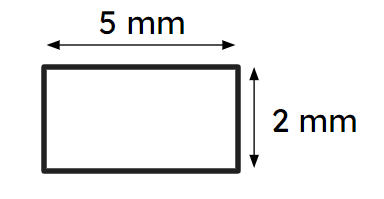
Q6.Calculate the perimeter of this L shape
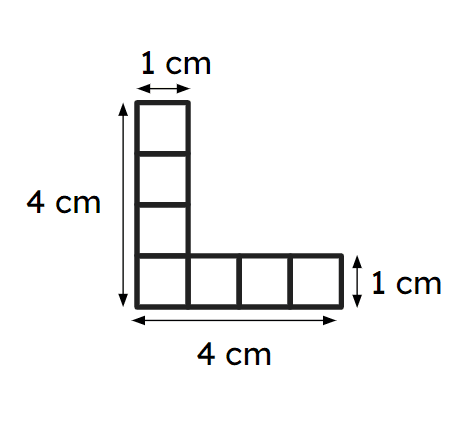
Assessment exit quiz
6 Questions
Q1.What do we call each value or pattern in a sequence?
Q2.Here is the beginning of a pictorial sequence with a constant additive rule. Which picture is term 5?
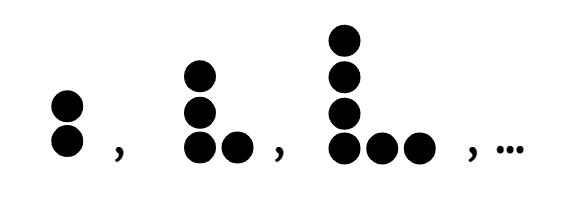
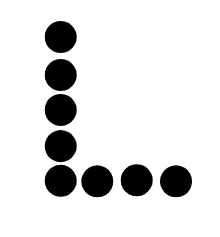
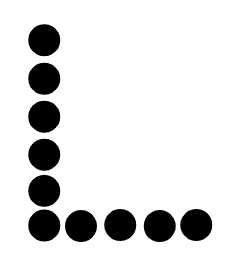
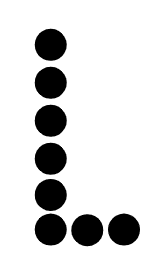
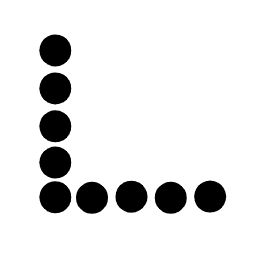
Q3.Here is a sequence of connected 'N' shape patterns made out of dots. How many dots would there be in term 4 of this pattern?

Q4.Here is a sequence of connected 'N' shape patterns made out of dots. Which of these could be a rule for the number of dots in each term?

Q5.Here is a sequence of connected 'N' shape patterns made out of dots. How many dots would be needed for the 10th term?

Q6.For this pictorial sequence, match up the rule with the element of the pattern it is describing.
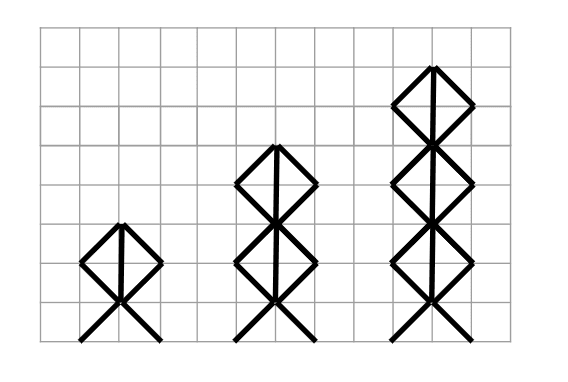
vertical lines
height of the pattern in squares.
diagonal lines
total lines


